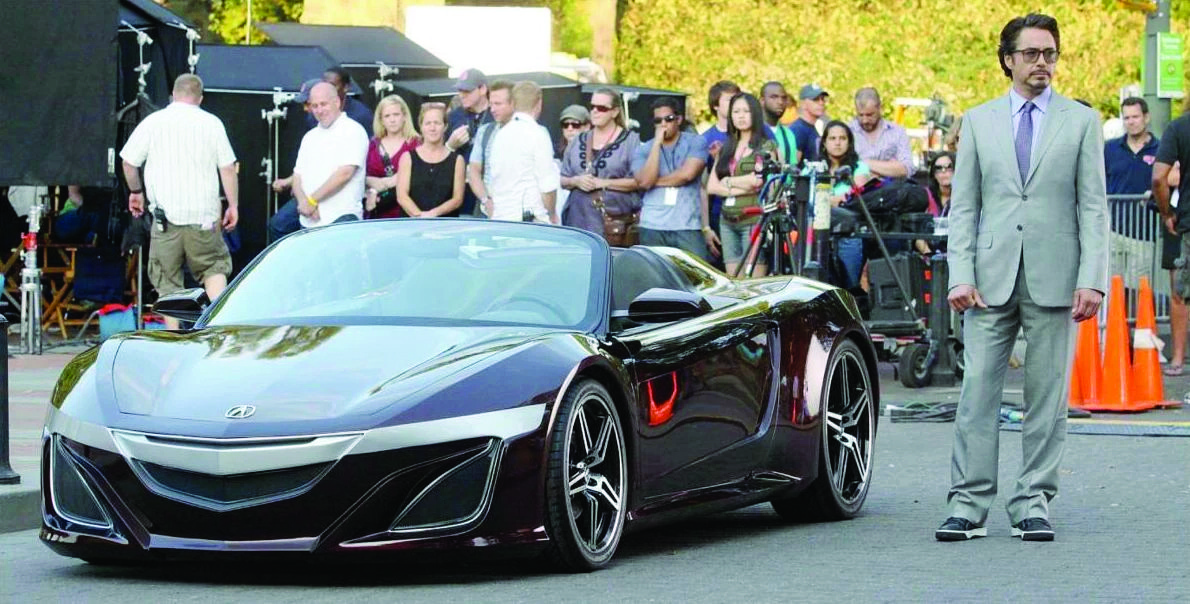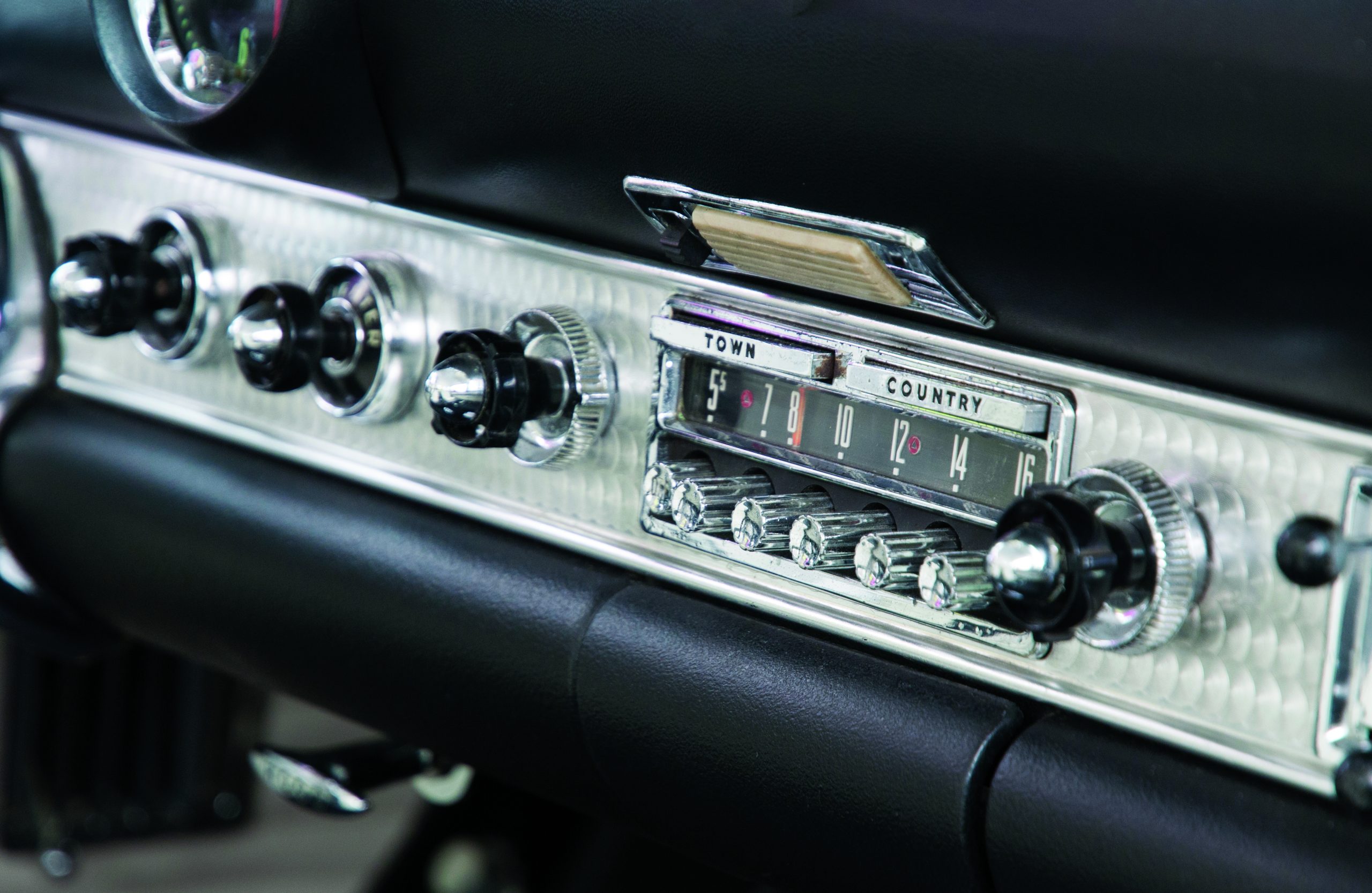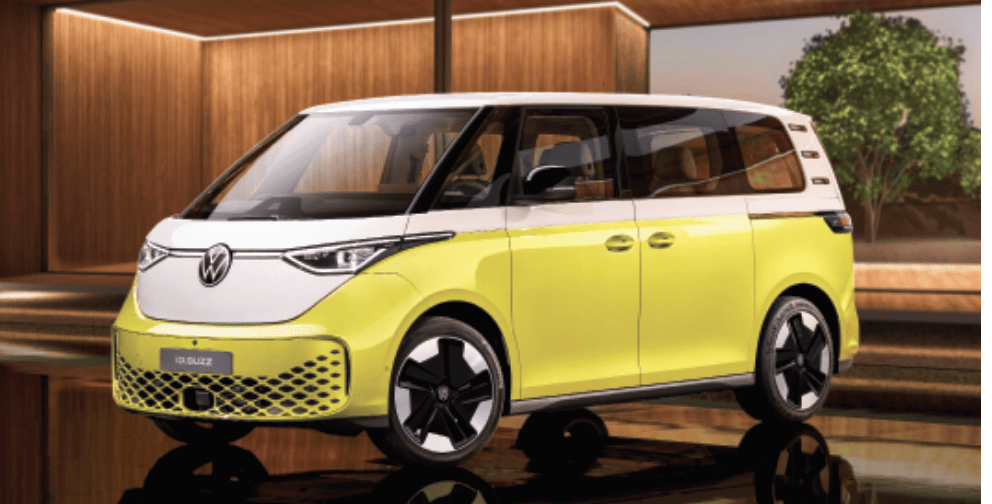A Car-World Divide
Enthusiasts love combustion, but EVs attract a new crowd
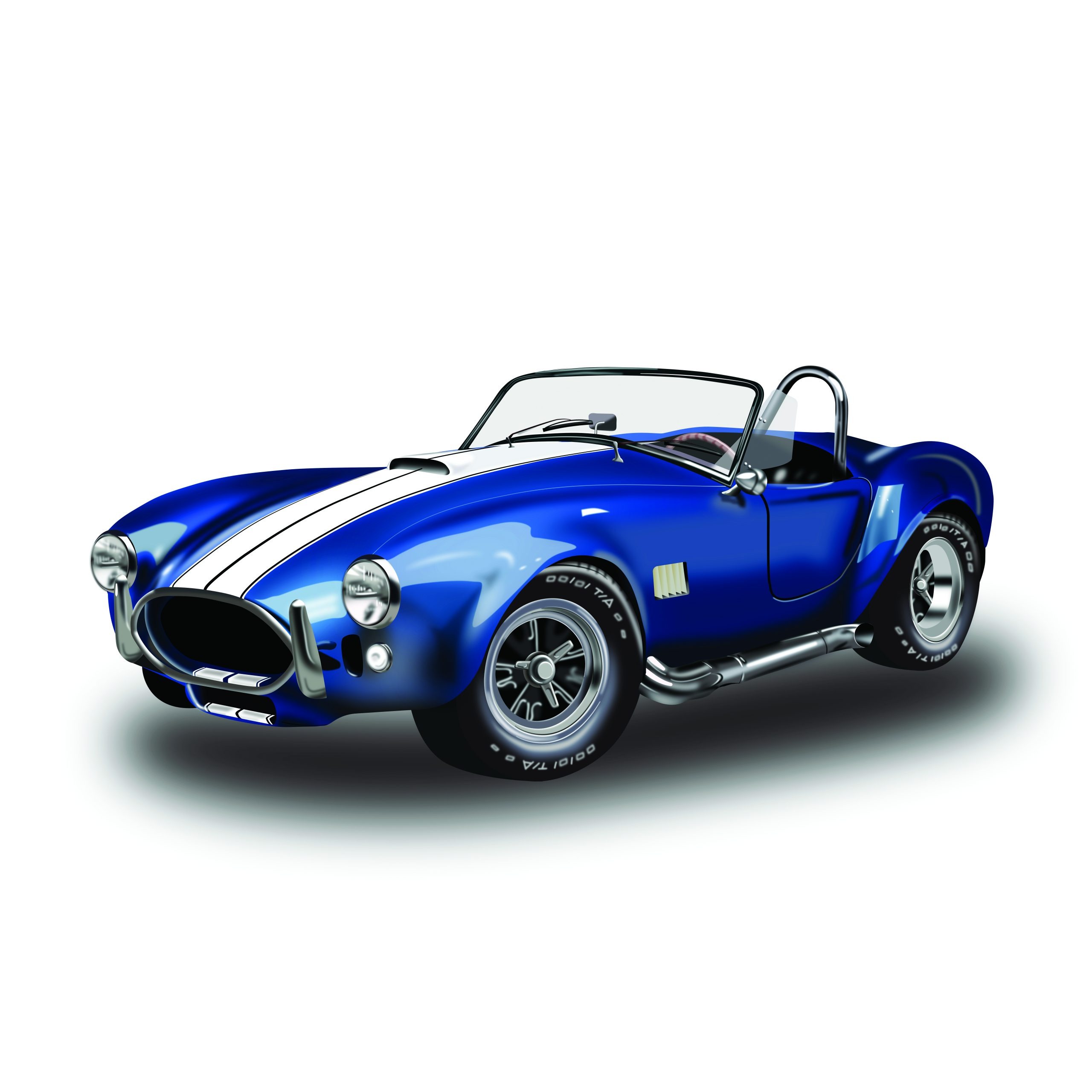
In 1963, legendary stock car builders Holman & Moody proudly painted “410 HP” on the hood of the fearsome Ford Galaxy they campaigned on the NASCAR circuit. It took a folk hero like Glenn “Fireball” Roberts to drive it.
But these days, any reasonably well-off suburban family can wrangle a 1,020-horsepower electric Tesla Model S Plaid through stop-and-go traffic on the way to their kid’s soccer game.
It’s a vehicular revolution that’s pulling the car culture in two directions.
On the one hand, old-school enthusiasts and collectors vow they’ll never forsake their beloved gasoline-powered cars. They’ll cling to big-block Detroit iron, seductive European exotics, precision-engineered Asian tuners or historic century-old Brass Era relics.
Meanwhile, a new breed of electric car aficionados seems to be emerging. They’re not defecting from the ranks of traditional gear heads. Most were never really enamored of internal combustion engines, but they’re bewitched by EVs’ style, quiet, smoothness, handling and mind-blowingly instantaneous acceleration.
Let’s start with what attracts enthusiasts to internal combustion engines, which car watchers now call ICE for short.
Smelly, roaring beasts
Automotive journalists who spoke with Luckbox waxed poetic over the rustic charm of ICE vehicles.
“Firing to life when you turn the key or push the start button, the rumble of an idle, the smell of octane, putting that manual shifter into gear, opening up the hood and sensing the mechanical workings—a lot of that stirs the soul of the driving enthusiast,” said Matt Avery a writer and video producer for Mecum Auctions, a company known for selling collector cars.
Automotive writer and broadcaster John McElroy couldn’t agree more. “People love that rumble and jumble of a V8 engine,” he noted. “They relish that visceral noise, vibration, harshness. It’s hard to beat the roar of an engine going to full throttle.”
Car enthusiasts become obsessed with the feedback they get from internal combustion cars, according to Daniel Pund, editor-in-chief of Road & Track magazine. He explained how serious drivers relate to what the car’s telling them.
“What has a better exhaust sound and a better intake sound?” Pund said of the qualities enthusiasts seek. “Whose transmission shifts quicker or more firmly or is slow to react—all those things that went into building their hierarchy of performance cars.”
Enthusiasts love the controlled chaos of explosions driving pistons, and it just isn’t there with electric motors. But that’s not the only thing old-school enthusiasts find lacking in today’s electric vehicles.
A certain sameness
“What you find is the Mercedes, BMW, Porsche and Audi EVs drive more alike than their gasoline counterparts did,” Pund said. “They sound almost the same, the power delivery is almost the same and the center of gravity is almost the same because they all put batteries in the floor between the wheels.”
EVs can be so quiet you don’t even know the car’s turned on, Avery noted, comparing the driving experience to operating a kitchen appliance. “A microwave will do an admirable job,” he said, “but it’s certainly not the same experience as cooking over an open fire.”
Still, the peace, comfort, smoothness and strong acceleration that comes with an EV captures that feeling of luxury that companies like Mercedes, Rolls Royce and Bentley have sought for years to create with ICE vehicles, Pund maintained.
“Tesla has created Tesla enthusiasts,” he said, noting the company’s first CEO, Martin Eberhard, might deserve some of the credit.
But the trend doesn’t end there. “Certain very good EVs, such as Porsche Taycan or the Hyundai-Kia stuff that’s coming out now, have a way of converting people,” Pund maintained.
Besides, EVs can perform admirably on the track, a trait McElroy can attest to from personal experience. He races in autocross, an event where cars are timed as they individually run a gauntlet of curves.
“Fastest cars out on the track?’ he asks rhetorically. “Tesla Model 3 dual motors with competition tires. You can’t beat them. I mean, man, are they quick.”
He scoffs at skeptics who assume a Tesla can’t be competent in the curves because it’s a true heavyweight at more than two tons. “Let me tell you, these cars handle like they’re on rails because all that weight is very low and brings the center of gravity down,” he insists.
Acceleration? “I’ve done both Tesla’s Plaid mode and Ludicrous mode,” McElroy said. “It’s the fastest I have ever accelerated in my life, and I’ve been in dragsters. So, there are a lot of electric enthusiasts because the power response is absolutely unmatched by an internal combustion car. The ranks of EV performance enthusiasts will grow.”
Off the track, commuters are taking to the comfort of EVs—including drivers who consider themselves ICE weekend warriors, Pund said.
“A lot of people are saying, ‘I have a Porsche Taycan EV or Mustang Mach E for my daily driver and then for my weekend car I’ll have an old, smelly, noisy, traditional enthusiast car,’” he said. “Increasingly, that’s what we’re going to see because commuting in an EV just makes a world of sense.”
So, EVs are filling niches, but does that mean they’ll become collectable?
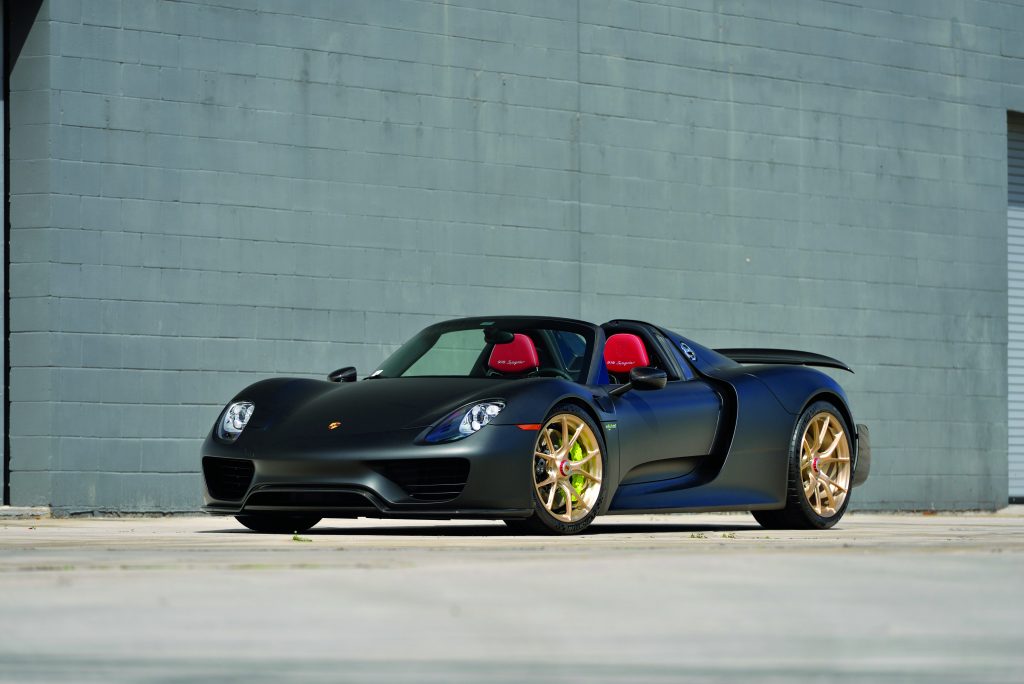
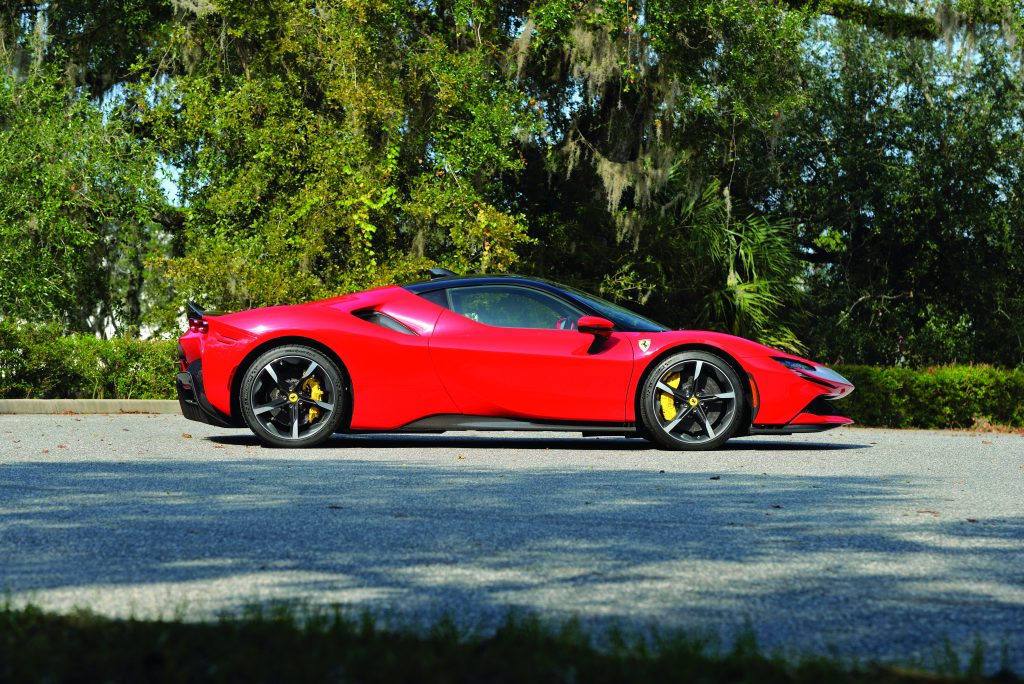
EVs as future classics
Age isn’t the only variable in the collector car world. Rarity also factors into the equation, according to Avery, who’s seen the newest, most desirable but still difficult-to-obtain EVs sell for more than their sticker price at Mecum auctions.
But age also counts among collectors—many chase the machines they coveted but couldn’t afford when they were young. It’s an opportunity to rewrite their personal histories, Pund said.
“It has everything to do with that vehicle being tied to whatever stage of life they were in—when they first saw there was a beautiful woman in it, or the cool guy on the street had it,” he maintained. “I don’t see any reason that wouldn’t be the case with EVs.”
